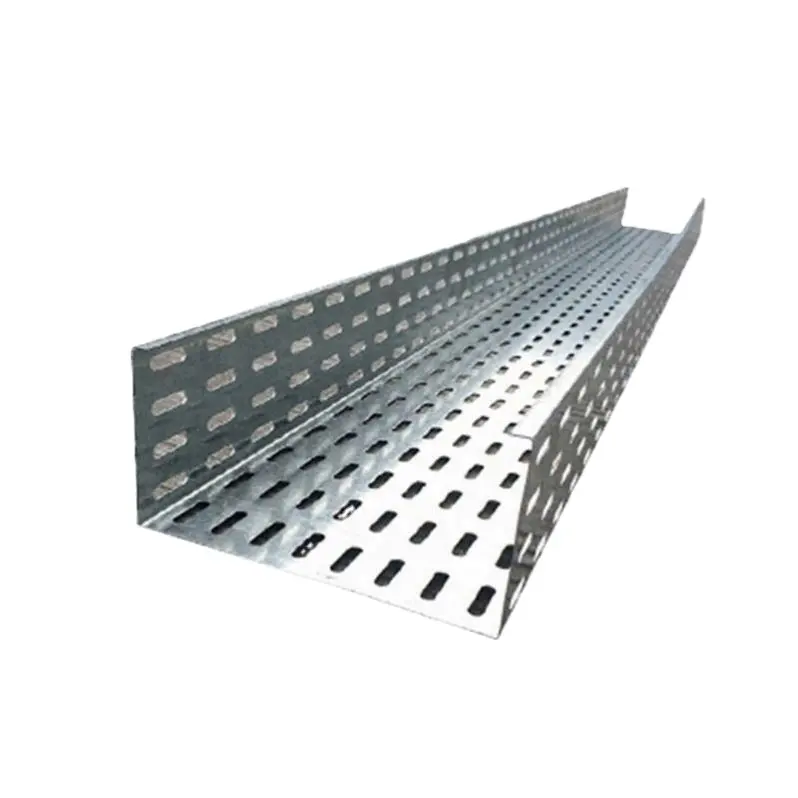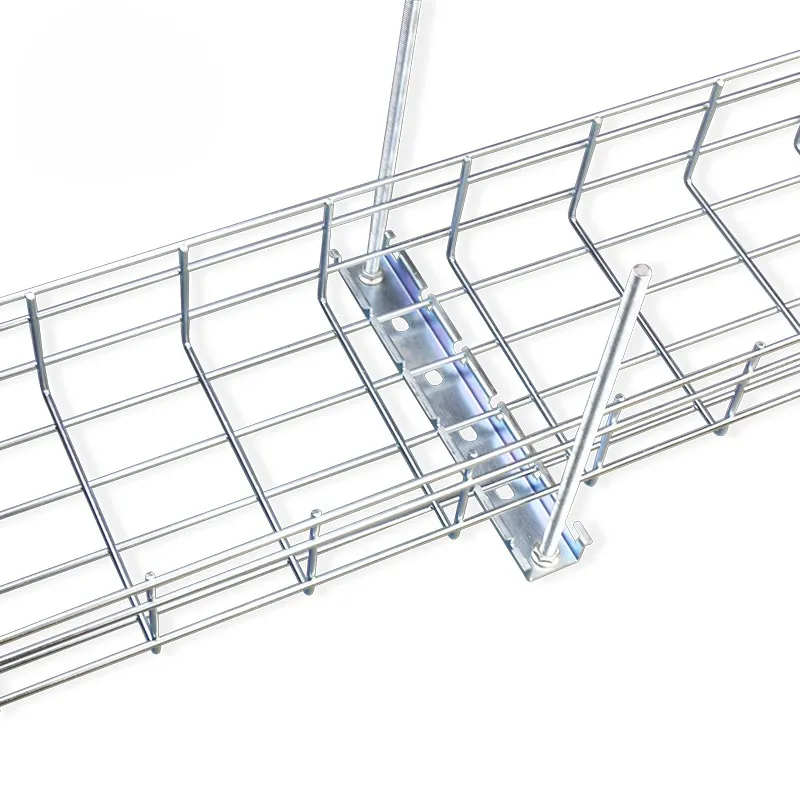Cable bridges are an important part of managing and organizing cables and wires in a variety of industrial, commercial and even some residential applications. These structures provide pathways for cables to be routed efficiently, protected from environmental elements, and easily maintained. As with any system, cable bridges have their own advantages and disadvantages. Understanding these advantages and disadvantages can help determine if they are the right solution for your particular project.

1. Ease of Installation and Maintenance: Compared to conduit systems, cable trays are much simpler to install. They allow quick access to cables, making it easy to add, move or change cables without a lot of disassembly. This also means less downtime for maintenance or upgrades. 2.
2. Cost-effective: In many cases, cable tray installations are more cost-effective than other cable management solutions due to shorter installation times and potentially less material used. In addition, the open design often reduces cooling requirements for high voltage or high current cables.
3. Flexibility and adaptability: Cable bridges are highly adaptable to different routes and can be easily reconfigured to accommodate changes in cable layout. This flexibility is particularly advantageous in dynamic environments where cable layouts need to be adjusted frequently.
4. Excellent cable protection: Cable trays protect cables from physical damage, moisture, dust and other environmental hazards by keeping them off the ground and in an organized manner. This protection extends the life of the cable and reduces the risk of electrical failure. 5.
5. Improved airflow and heat dissipation: The open design of the cable tray promotes airflow around the cables, which helps dissipate the heat generated by the cables. This is especially important for high power applications where heat buildup can be a problem.
Disadvantages of cable trays
1. Limited protection from certain hazards: While cable bridges can protect cables from many environmental threats, they may not be effective in protecting cables from certain hazards such as corrosive chemicals or extreme temperatures. In such environments, additional protective measures may be required.
2. Aesthetic considerations: Cable bridges are often more exposed than other cable management systems and this can be aesthetically disruptive in some environments, particularly in offices or public areas where a neat, discreet appearance is desired.
3. Noise generation: In applications where many cables are bundled together, especially when they carry high currents, cable trays can become conduits for transmitting vibration and noise, creating acoustic problems that may need to be addressed.
4. Potential for Debris Accumulation: An open design can lead to the accumulation of dust, debris, and even small animals, which may affect cable function or create a fire hazard if not regularly cleaned and maintained.
5. Compliance: Depending on the jurisdiction and application, the design, installation and use of cable trays may be heavily regulated. Ensuring compliance can add complexity and cost to a project.

How to use cable trays effectively
1. Proper Planning: Careful planning is essential to ensure that the cable tray system meets current and future cable management needs while adhering to relevant codes and standards.
2. Material Selection: Select the appropriate material (galvanized steel, aluminum, fiberglass, etc.) based on the desired environment, load bearing requirements and corrosion resistance.
3. Cable separation and loading: Ensure that power and communication cables are properly separated to prevent interference. In addition, loading guidelines should be followed to avoid overloading the pallet, which may affect the structural integrity.
4. Allowance for expansion and future changes: Design the system with expansion in mind, including easy-to-use connection points and pull boxes to facilitate the addition or rearrangement of cables.
5. Regular Maintenance: Implement a routine maintenance program to check for damage, debris buildup, and to ensure that all cables remain properly secured and separated.
In conclusion, cable bridges are a versatile and practical cable management solution that offers several advantages over other methods. However, understanding its limitations and implementing best practices is critical to realizing its full potential and minimizing any drawbacks.

